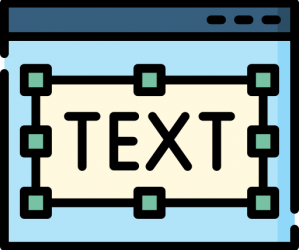
Here are my top 10 tracks:
- Holborne, Paueans, Galliards, Almains and Other Short Aeirs, “The Fairie Round,” performed by David Munrow and the Early Music Consort of London. 1:17
- Mexico, “El Cascabel,” performed by Lorenzo Barcelata and the Mariachi México. 3:14
- “Johnny B. Goode,” written and performed by Chuck Berry. 2:38
- Java, court gamelan, “Kinds of Flowers,” recorded by Robert Brown. 4:43
- “Melancholy Blues,” performed by Louis Armstrong and his Hot Seven. 3:05
- Peru, panpipes and drum, collected by Casa de la Cultura, Lima. 0:52
- Georgian S.S.R., chorus, “Tchakrulo,” collected by Radio Moscow. 2:18
- Azerbaijan S.S.R., bagpipes, recorded by Radio Moscow. 2:30
- India, raga, “Jaat Kahan Ho,” sung by Surshri Kesar Bai Kerkar. 3:30
- Beethoven, Fifth Symphony, First Movement, the Philharmonia Orchestra, Otto Klemperer, conductor. 7:20
This was a fascinating exercise! I was not aware of the Voyager Golden Record project, so I was very intrigued by the idea of a space probe hurtling through the universe at the rate of 30,000 mph, in search of extraterrestrials, who might possibly listen to the record one day! It also made me think of humanity’s need to tell a story and to leave a mark.
While there is not one single reason why I chose the top ten, in my opinion my selection was determined by the tempo of the music. The fairly upbeat and happy-sounding ones (in my humble opinion) automatically made it to my list. The “Peru, panpipes and drums” by Casa de la Cultura oddly reminded me of Simon and Garfunkel’s El Condor Pasa, one of my favorites, so that made it to the list as well. Perhaps, music that sounds familiar or that I can subconsciously draw connections to appealed to me intrinsically. Some songs such as Jaat Kahan Ho, which means “where do you go, you lonely traveler?” (a song very apt for this project!) and the Indonesian track “Kinds of Flowers” which describes the spiritual and philosophical states a person evolves or goes through appealed to me at an esoteric level, and I included them in my list.
I could connect this project with the week’s reading that highlighted how minority culture struggles to be included among the mainstream, and the internet’s web pages are a classic example. For instance, “a survey published by Unesco in 2008 found that 98% of the internet’s web pages are published in just 12 languages, and more than half of them are in English” (Treviño, 2020). The voyager Golden Records project was put together in the 1970s, and it did a fantastic job of representing the minority culture, whether it be the Peruvian Wedding Song, the Senegal beats or the Azerbaijan flutes. It crossed boundaries and barriers to send a collective message as one humanity to whoever or whatever is out there. What will it take to make the internet and all the information that is available within it, more inclusive and more accessible so that it transforms the way we learn, communicate, and think (Rumsey, 1999)? And does digitization of text play a crucial role in this case? If it does, and as all text is technology, then what happens to 43% of the world’s languages and dialects that are unwritten (Treviño, 2020)? These are some of my key takeaways from this exercise.
Reference:
Trancozo Treviño, M. (2020, April 14). The many languages missing from the internet. Retrieved from https://www.bbc.com/future/article/20200414-the-many-lanuages-still-missing-from-the-internet
Smith Rumsey, A. (1999, February). Why Digitize? Retrieved June 15, 2019, from Council on Library and Information Resources website: https://www.clir.org/pubs/reports/pub80-smith/pub80-2/

